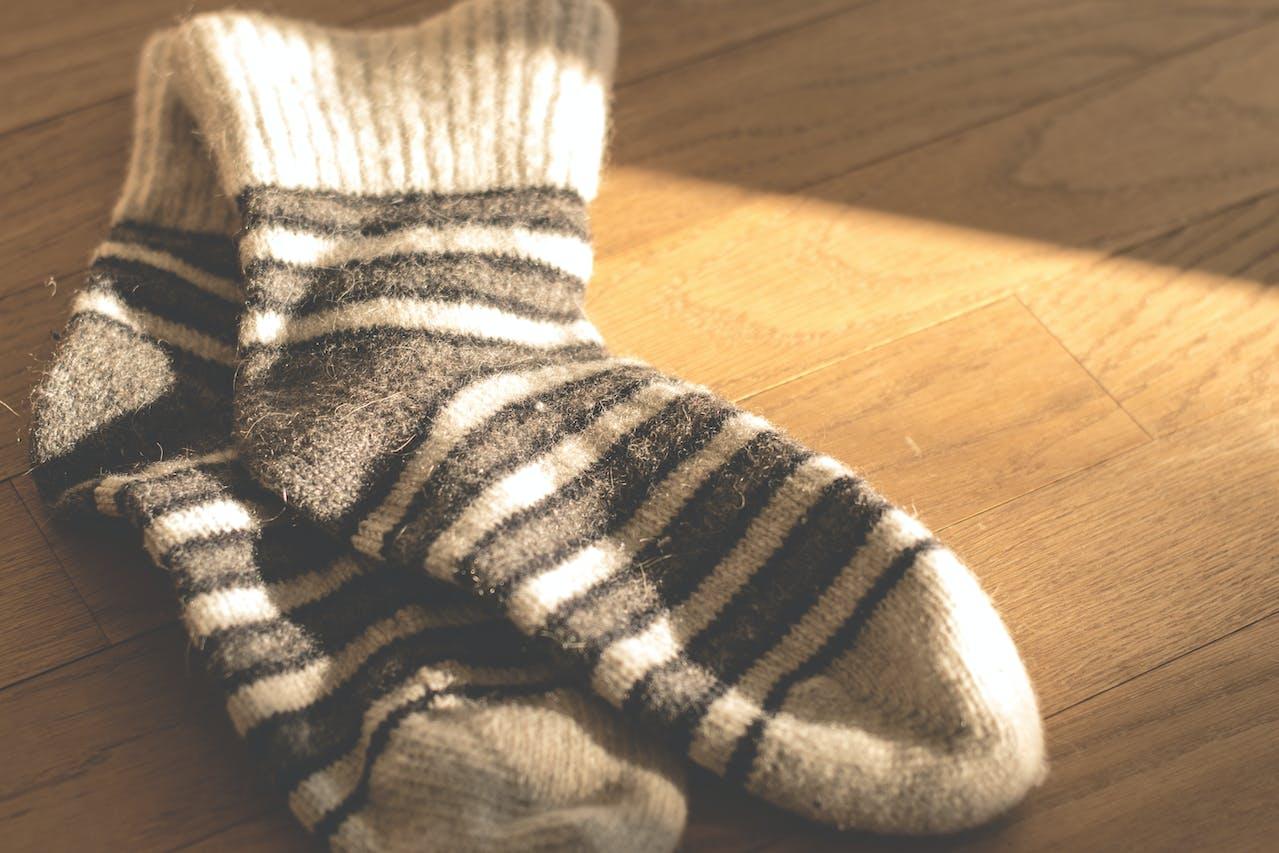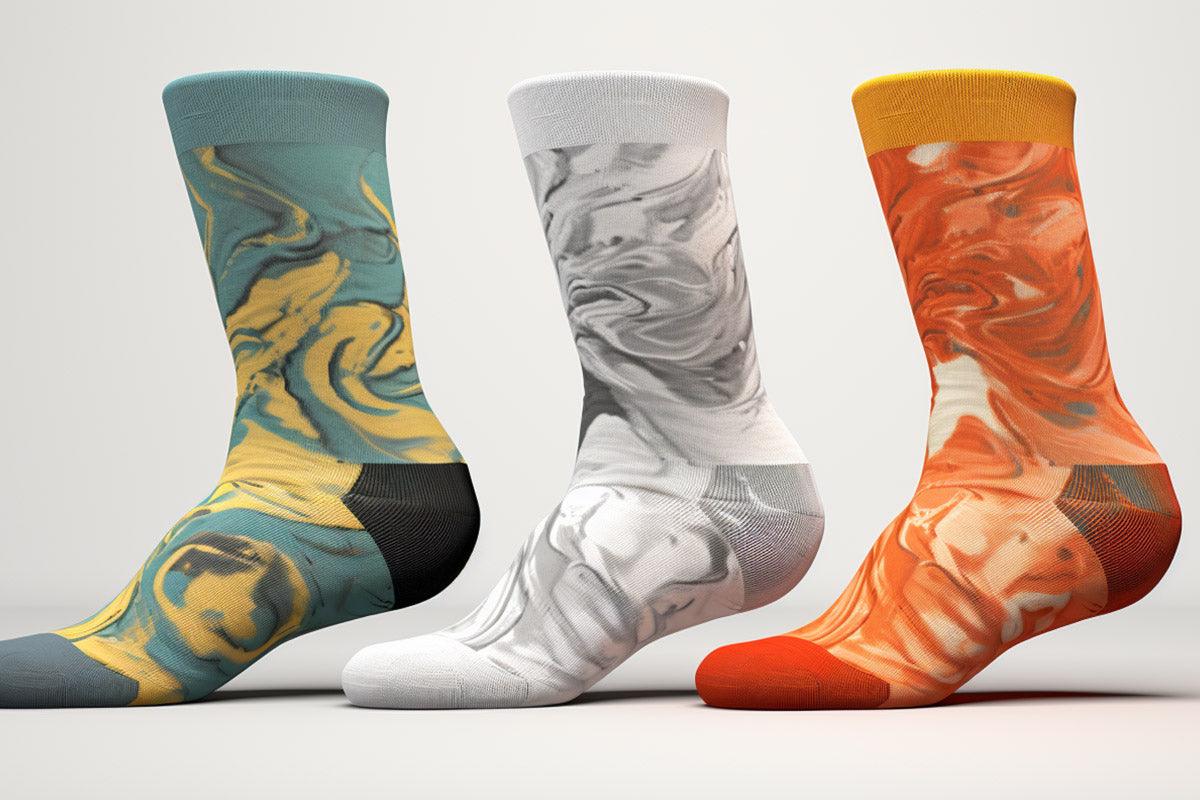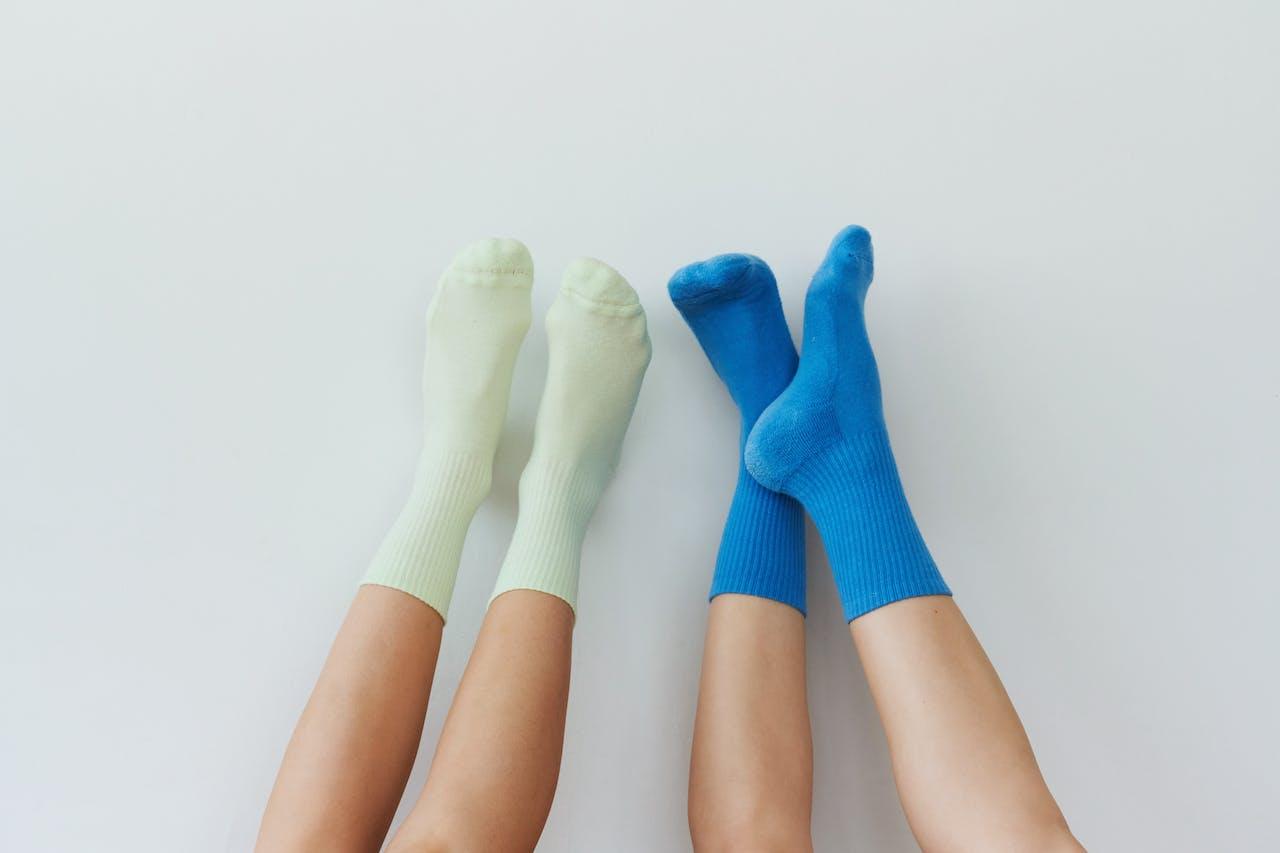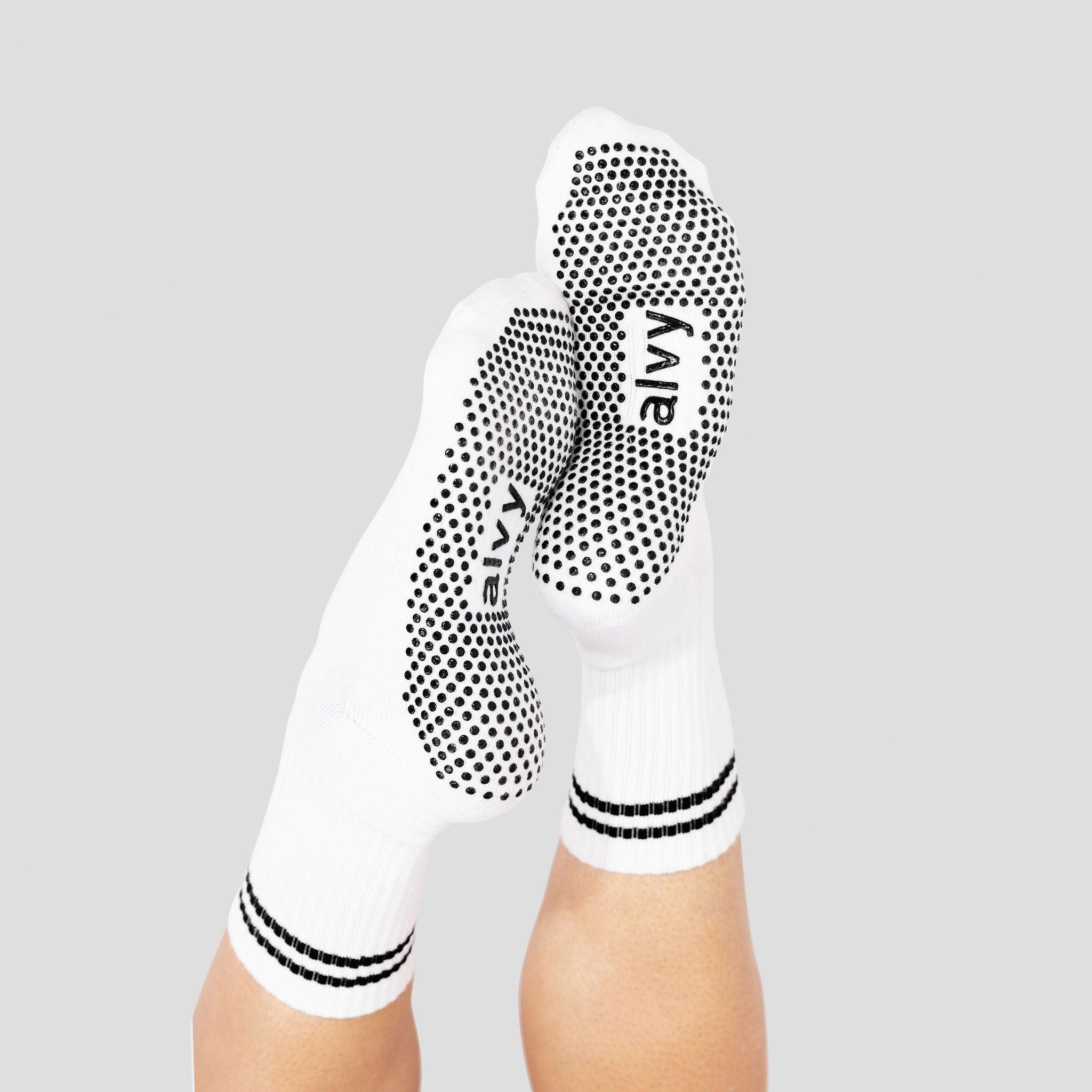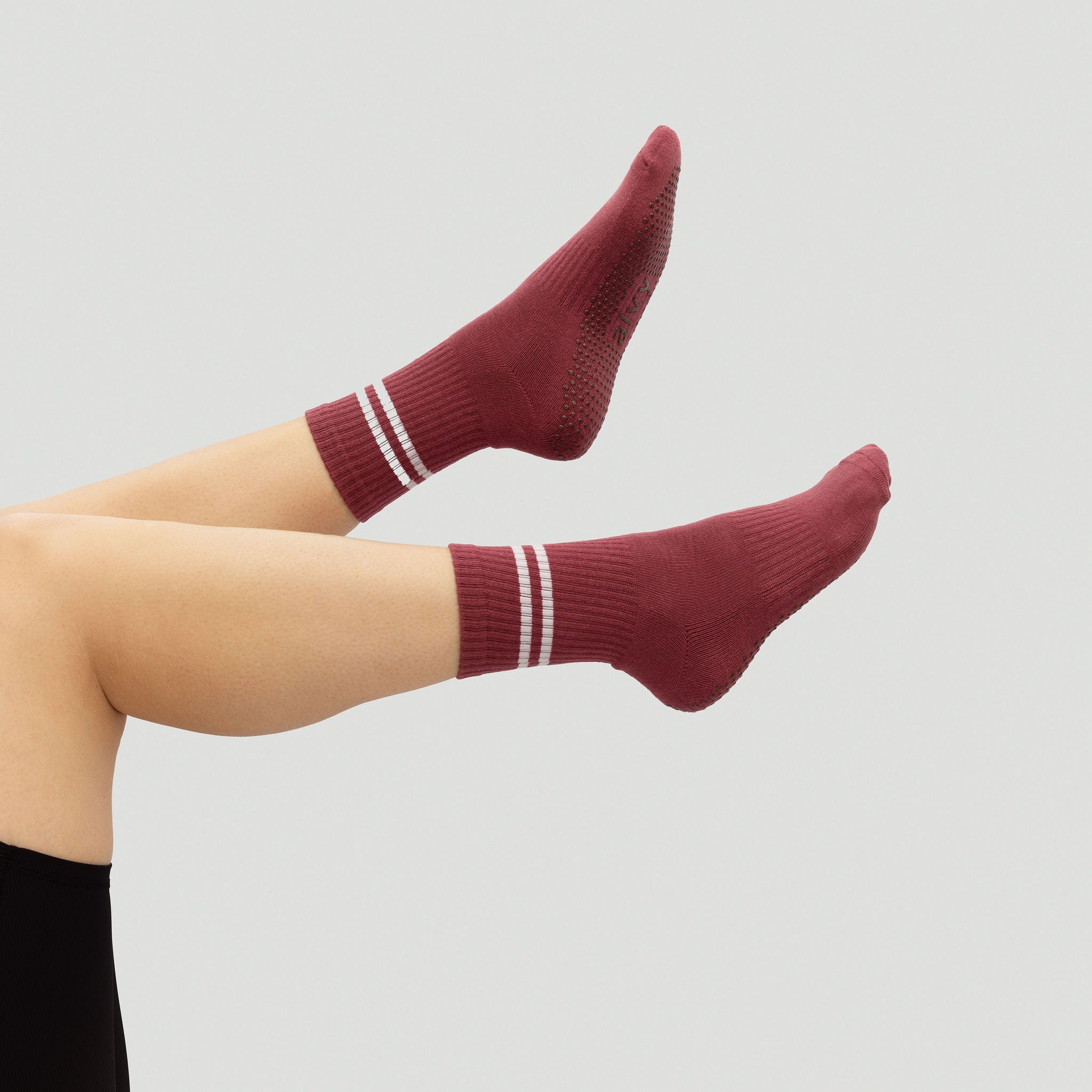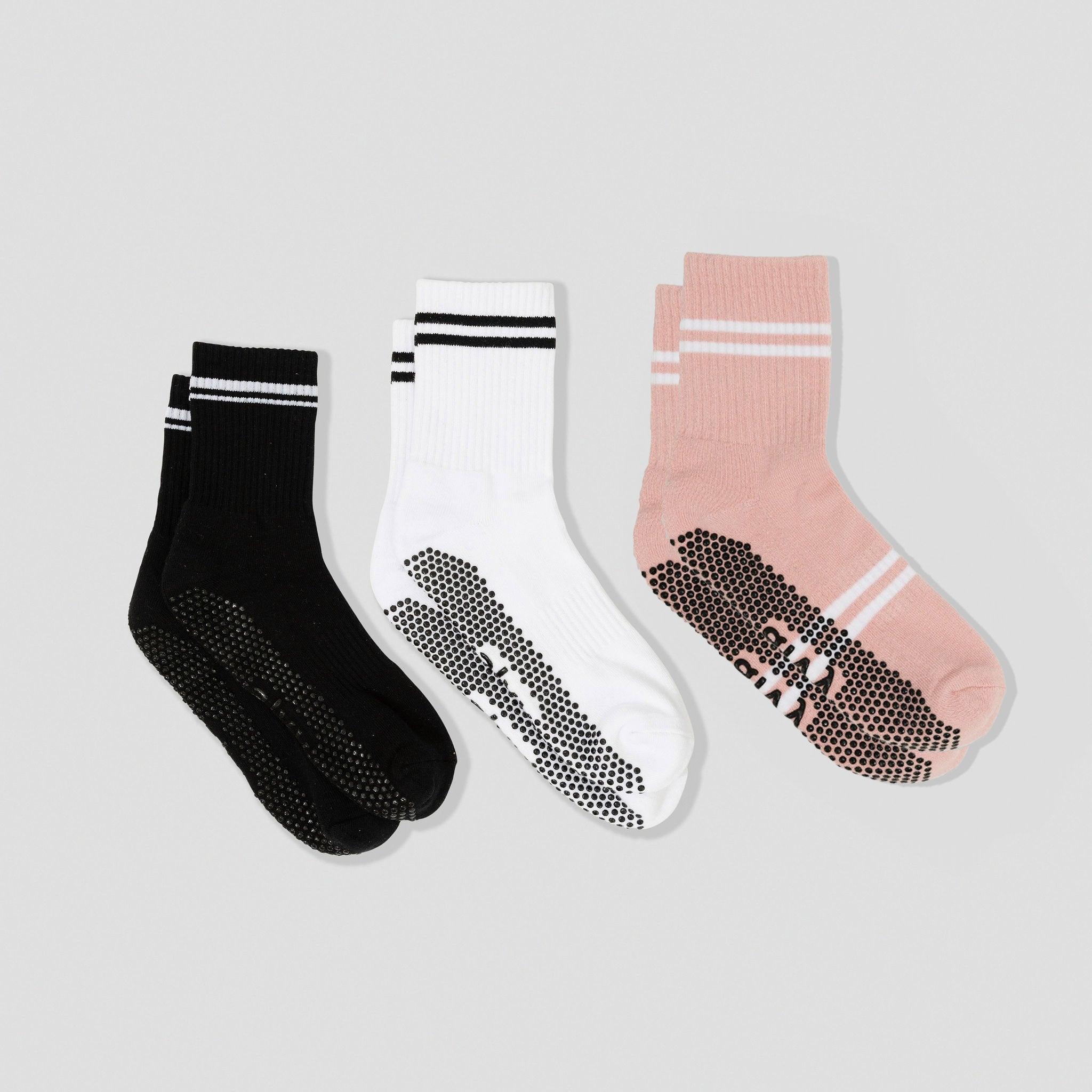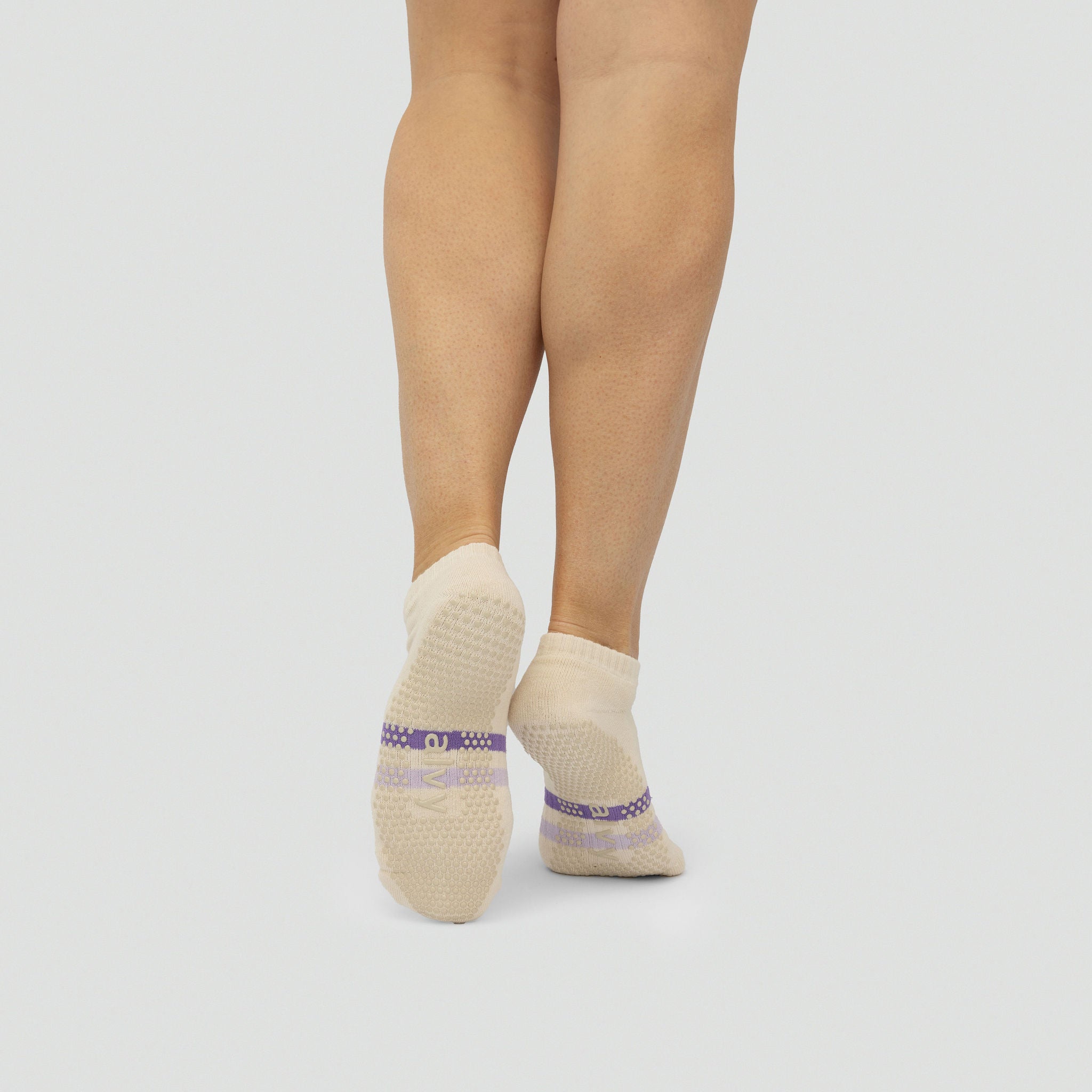It's important to know how socks affect both regular activities and sports. Athletes know that the perfect socks may make or break their performance, just as a golfer depends on a superb golf club to improve their swing. Still, there is a wide variety of socks available, made of both natural and synthetic materials.
By assisting you in selecting the ideal sock material for your unique requirements, this guide seeks to demystify the world of sock materials. We'll explore the most popular materials for grip socks, the importance of choosing the right material, and which blends will work best for your needs.
Best Sock Materials Explained
To help you choose the best sock material for your foot, or even if you're making your own grip socks, let's start by looking at the best materials currently on the market.
Cotton
For good reason, cotton continues to be the most popular material for socks worldwide. It has outstanding strength, breathability, colour retention, and affordability. Many sock producers find it to be their prefered option because of these qualities. Cotton socks becomes the base for high-performance socks when paired with silicon grips, providing both cost and quality.
Nylon
Another excellent sock material that is well-known for its toughness and adaptability is nylon. It can improve the flexibility of stiff textile fibres and produce socks with different thicknesses. Although nylon was once a more costly synthetic material, its current affordability enables consumers to take use of its benefits without breaking the bank.
Elastic
Elastic is a synthetic fibre that works well for making reasonably priced, performance-enhancing socks. It is frequently used with cotton and nylon to create elastic, breathable, long-lasting socks that hold their shape. This mixture is economical and guarantees lifetime.
A combination of elastic, nylon, and cotton makes for the perfect sock for anyone looking for something strong, breathable, and reasonably priced.
Polyester
The most popular synthetic sock fibre is polyester, which is renowned for its strength, abrasion resistance, and rapid drying time. It also retains colour well, which makes it the perfect material for socks with vibrant designs.
Wool
Wool has been prized for generations for its great breathability and ease of use in many different places. Wool socks are a great option for athletes looking for warmth, protection, and movement without pain because they keep feet from getting sweaty. Wool's capacity to hold its shape guarantees resilience and longevity.
Bamboo
Bamboo is a fast-growing grass that yields silk-like, naturally lustrous, breathable material fibre. Because it is hypoallergenic and incredibly durable, it is appropriate for athletes who need socks that won't irritate their skin, especially when engaging in strenuous physical activity.
Wrapping Up
Every choice, synthetic or natural, has advantages in the wide universe of sock materials. However, some materials have a more significant effect on output than others. Moreover, better qualities materials will help your grip socks last longer compared to poor quality materials. When you can buy grip socks made to improve your performance, why choose inferior socks?

